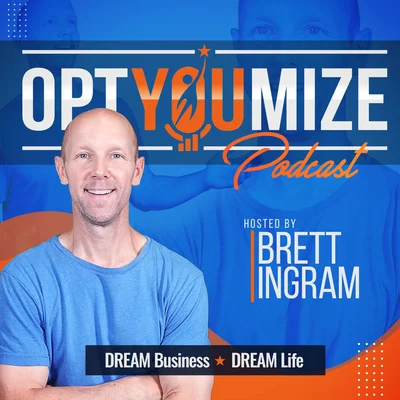In the digital age, having a well-designed website or online presence is essential for businesses of all sizes. However, having a great website alone won’t guarantee success. To thrive in the online marketplace, you need to drive traffic to your site and convert those visitors into leads and sales. Think of your products and services as the vehicle to success, and traffic as the fuel that powers it. Without traffic, even the best products and services will go unnoticed.
In the past, traditional businesses relied on physical storefronts, advertising in newspapers, billboards, and television commercials to attract customers. Today, the landscape has evolved, and online businesses face a unique set of challenges. Generating website traffic in the digital realm can be both confusing and competitive. This blog post will explore various methods to drive traffic, including SEO, online ads, affiliate marketing, marketplaces, content marketing, and social media marketing, highlighting their pros and cons to help you make informed decisions.
- Search Engine Optimization (SEO) – Search Engine Optimization, or SEO, is a fundamental strategy to get your website ranked at the top of search engine results pages (SERPs). When someone searches for a relevant keyword, you want your website to appear prominently. SEO involves optimizing your website’s structure, content, and backlinks to increase its visibility on search engines like Google.
Pros of SEO:
- Free organic traffic
- Targeted audience
- Long-term strategy
Cons of SEO:
- High competition
- Time-intensive
- Results take time to manifest
- Online Ads – Online advertising is a quick and effective way to drive traffic to your website. Platforms like Facebook, Google, Instagram, and more offer various ad formats, including text, image, and video ads.
Pros of Online Ads:
- Almost instantaneous results
- Precise targeting
- In-depth analytics
Cons of Online Ads:
- Can be expensive
- Requires ongoing optimization
- Fierce competition
- Affiliate Marketing – Affiliate marketing involves collaborating with individuals or businesses (affiliates) to promote your products or services. Affiliates earn commissions for each sale they generate through their marketing efforts.
Pros of Affiliate Marketing:
- Pay only for successful sales
- Leverage other people’s networks
- Minimal upfront costs
Cons of Affiliate Marketing:
- Need to share revenue
- Finding reliable affiliates can be challenging
- Potentially higher commission rates
- Marketplaces, Groups, and Postings – Marketplaces like ClickBank and online bulletin boards offer opportunities to post information about your products or services. Joining social media groups and forums can also help you gain visibility within specific communities.
Pros of Marketplaces and Postings:
- Low or no cost
- Quick and easy to implement
- Potential for initial traction
Cons of Marketplaces and Postings:
- Limited scalability
- Not very predictable
- May not yield significant sales
- Social Media Marketing – Social media marketing involves creating profiles on platforms like Facebook, Twitter, and Instagram, engaging with your audience, and sharing valuable content. Building a community and fostering relationships are essential components of this strategy.
Pros of Social Media Marketing:
- Low cost
- Long-term growth potential
- Direct engagement with your audience
Cons of Social Media Marketing:
- Time-consuming
- Slow initial results
- Requires consistent effort
- Content Marketing – Content marketing encompasses creating and sharing valuable content such as blog posts, videos, podcasts, and articles. This content not only provides value to your audience but also attracts organic traffic.
Pros of Content Marketing:
- Low cost or free
- Long-term benefits
- Establishes authority and trust
Cons of Content Marketing:
- Requires consistent effort
- Time-consuming
- Competitive
Generating traffic, leads, and sales for your online presence is crucial for business success in the digital age. While there are various methods to achieve this, it’s essential to choose the strategies that align with your business goals and audience. Starting with one or two methods and mastering them before expanding your efforts is a prudent approach.
Remember, success in online marketing requires patience and continuous learning. Each strategy has its advantages and disadvantages, so it’s crucial to monitor your progress and adapt your approach accordingly. By implementing the right traffic generation strategies and staying committed to your goals, you can drive more visitors to your website and ultimately boost your sales and profits in the ever-evolving digital landscape.
watch this episode on the optYOUmize YouTube channel: optYOUmize podcast Youtube





